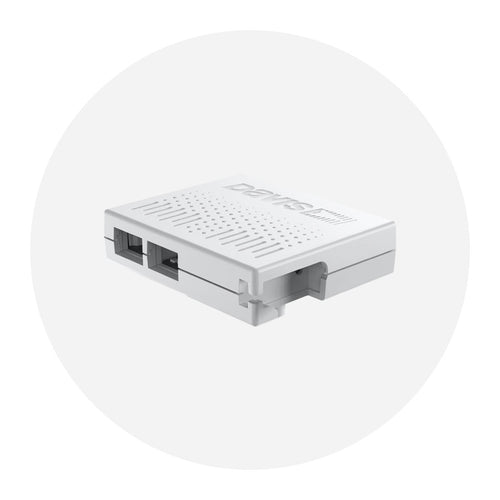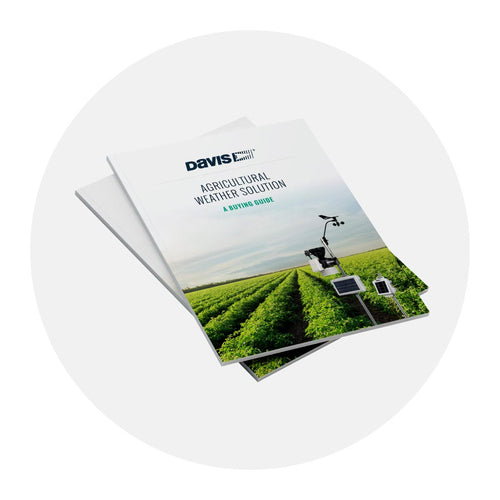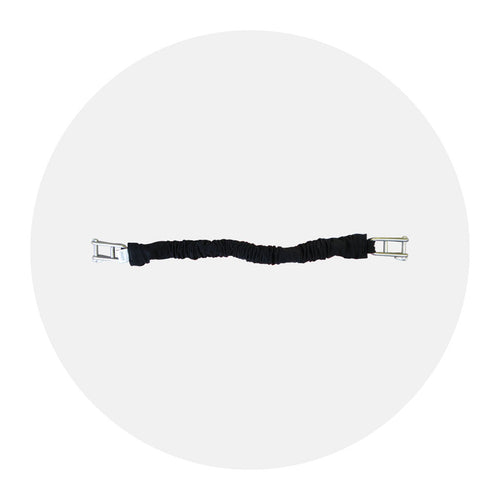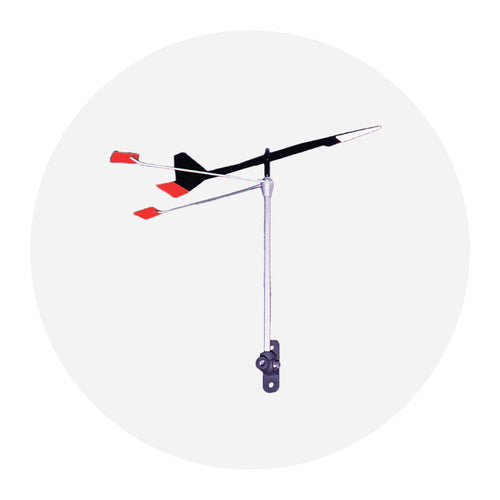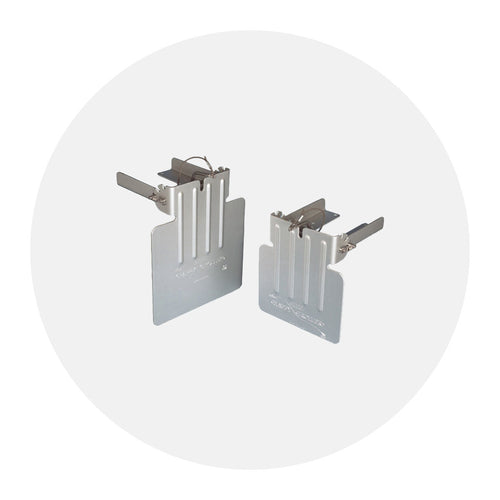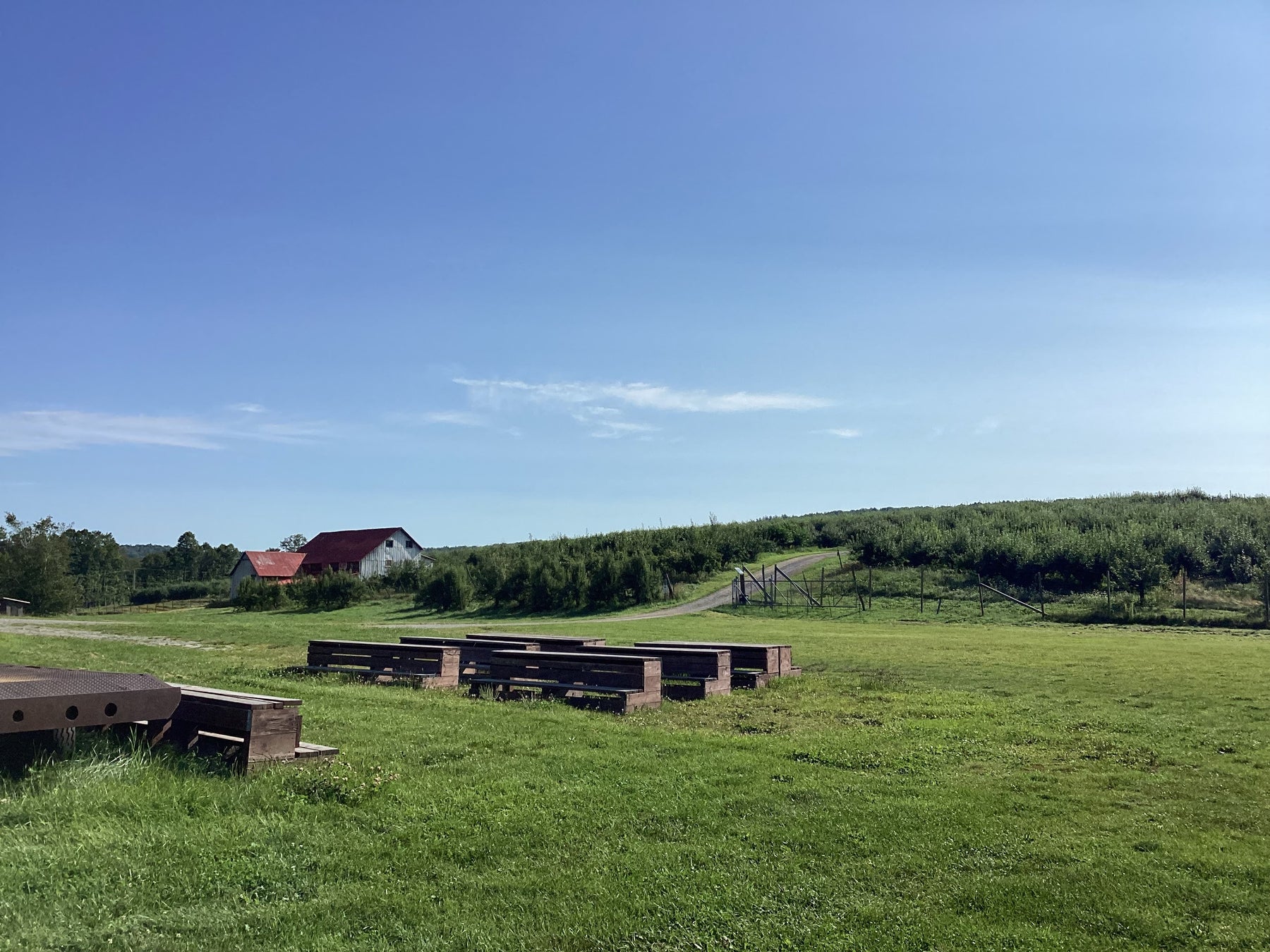
Vermont’s Wellwood Orchards Loses Fruit Tree Harvest but Remains Resilient
The summer of 2023 has been a record-setter in terms of high temperatures and low air quality readings across the globe. As weather becomes more variable and extreme, farmers and agribusinesses stand at the front lines of the uphill battle against weather that seems determined to undermine their success and disrupt the routines they’ve come to rely on.
Wellwood Orchards in Springfield, Vermont is illustrative of the challenges farmers of every scale and type are experiencing. Moving forward, we’ll explore how weather is creating unprecedented challenges while forcing ingenuity at Wellwood and what other growers can learn from their resilience story.
Meet Wellwood Orchards
In 1981, Roy Mark purchased a 200+ acre wholesale apple orchard that needed a lot of work. He had a vision for making Wellwood Orchards self-sustaining by pruning all the trees down to pick-your-own (PYO) height, expanding the offerings in the gift shop, and adding a petting zoo. Those changes transformed the orchard into a go-to destination for locals as well as tourists from New York, Connecticut, and beyond traveling up the I-91 corridor for summer and fall recreation.

Over the years, Roy and his family diversified the farm beyond apples, which turned out to be another key business move. Roy’s daughter Linda, one of the farm’s co-owners, explains, “We added cherries, strawberries, raspberries, peaches, plums, pears, pumpkins, and squash over the years, so now we have something to harvest and sell basically every week of the season up here.”
More than 40 years after Roy Mark came to Wellwood Orchards, he and his family are still exploring new ways to keep the farm diverse and profitable while providing one of the region’s definitive rustic experiences.
Wellwood’s 2023 weather challenge
On the night of May 17-18 this spring, much of Vermont experienced a major late-season frost. Overnight temperatures dropped as low as 20°F (-6.67°C) in some places, including a record low of 25°F (-3.89°C) in the state capital of Montpellier. The Vermont Agency of Agriculture, Food, and Markets says those temperature drops created the most damaging spring frost of at least the last 25 years.
At Wellwood Orchards in Springfield, they knew frost was coming, so they made the move to protect their strawberry crop, which was at a crucial point in its lifecycle. That process involved getting intelligence about the incoming frost from the local weather service and monitoring real-time field conditions from the house using their Davis Vantage Vue weather station, which is positioned near the main berry patch, to recognize when temperatures hit the ideal spot for intervention.

“Those berries are the first income and the first fruit of the season,” Linda explains. “So, what we did the night of the 17th is we went out into the field under the cover of darkness, and we turned on the overhead irrigation and coated the strawberries with water. Of course, that water froze, and that actually protected the strawberry plants because that ice isn’t as cold and as damaging as the frost. We were able to save that initial harvest pretty effectively thanks to the forecast.
“What we didn’t know,” she adds ominously, “is that we were about to lose all the apples.”

These strawberries were intentionally frozen using Wellwood Orchards' irrigation system to protect them from frost
According to the Agency of Agriculture, Food, and Markets, low temperatures the night of the 17th into the 18th caused the death of more than 50% of primary buds in vineyards across the state of Vermont. For many apple orchards in the region, from New York to New Hampshire, it was a 30-90% loss of the fall harvest. As a result, many market experts expect shortages of wine and cider this winter and into 2024.
Even though they saved their berries and, as a result, their summer, the frost hit Wellwood’s fruit trees hard, causing a 100% loss of all tree fruit for the fall 2023 season. There will still be pumpkins and squash and donuts at Wellwood Orchards this autumn, but for the first time in decades, there will not be pick-your-own apples.
As the lost harvest approaches, farmers across northern New England have been left wondering, “Was that really a once-in-a-lifetime frost?”
How family farms can stand up to growing severe weather
As the Wellwood Orchards story illustrates, farmers need to take proactive measures against major weather events to protect their viability. Roy, Linda, and their team were able to salvage their berry harvest thanks to advance notice of the frost and some old-fashioned ingenuity, but could regional farmers have done even more to protect the apples and grapes with better weather intelligence?
Davis Instruments is working to provide farmers and growers of all sizes and types with the weather monitoring sensors and powerful, easy-to-interpret software they need to face the growing challenge of extreme weather events. We're proud to support resilient growers across the U.S. and world like Wellwood Orchards.
Our EnviroMonitor system and Mobilize app are designed to help farmers tackle year-round weather challenges, from frost and drought to pests, disease, and even rising fertilizer costs. If you're interested in speaking with a Davis agriculture specialist to learn more about increasing severe weather resilience to protect harvests, profits, and workers, contact us today to get a conversation started.
In the face of escalating environmental risks, AEM is the essential source for insights on weather, climate, lightning, floods, wildfires, water management, and more.
Learn more about AEM and all of our solutions here.







